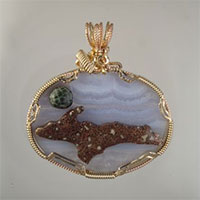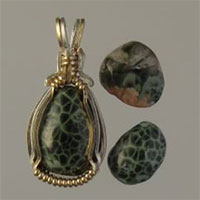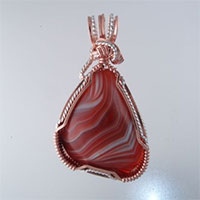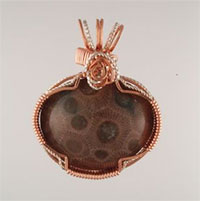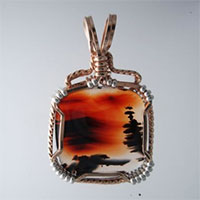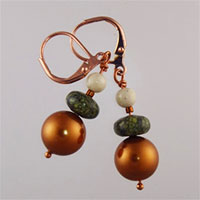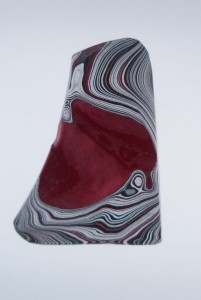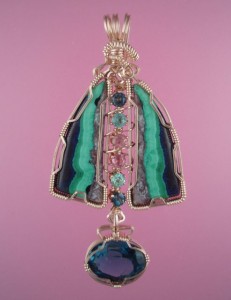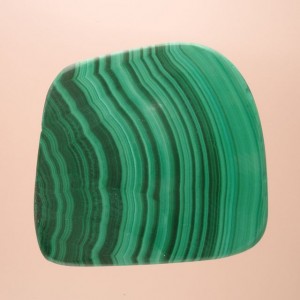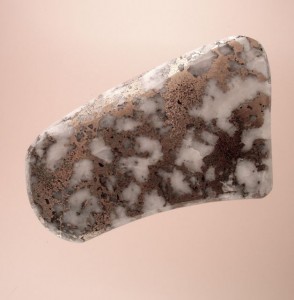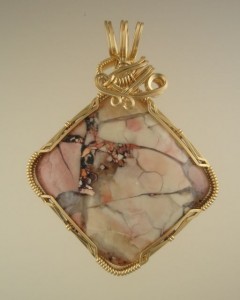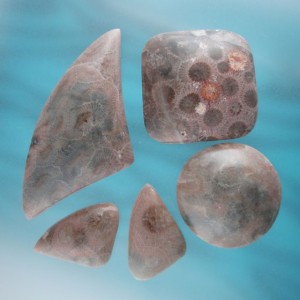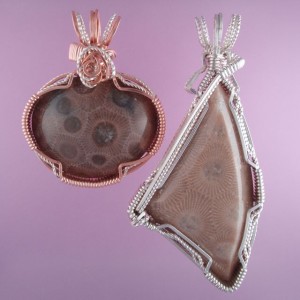Do we go Christmas Shopping or rock hunting? What a stupid question!!
Seldom does Northern Michigan weather allow rock hunting in December. Under normal circumstances we would be under at least a foot of snow by mid-December.
Unusual temperatures above 50 as well as misty conditions came together to allow for one amazing Petoskey Stone Hunt.
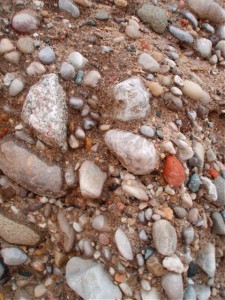
Where's the Petoskey Stone?
I no longer hunt Petoskey Stones on the beach for several reasons. The main reason right now is that the water level is way low and the rocks are covered in moss and slime. You cannot even identify a Petoskey Stone under this mess. The second reason; as experience has taught me that the more perfect, mud-free Petoskey Stones, can only be found in the on shore gravels. I hunt a few private gravel pits for the best stones.
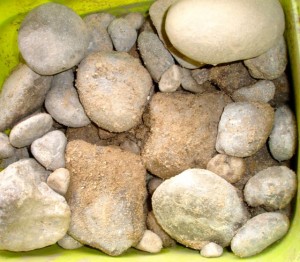
Just a bunch of plain sandy rocks?
Today we found the stones damp from the mist, and washed out of the gravel by the melted snow cover. Bonnie was happy today with her finds. She sometimes is discouraged as she has trouble finding Petoskey Stones if the weather dries up. Today was moist, but not drowning us. Treasures were found by both of us.
Fist sized Petoskey Stones seemed more common than usual. We found some nice little bead stones and several of the most coveted Pink Petoskey Stones. I picked up an assortment of glacially tumbled rocks to consider for jewelry later.
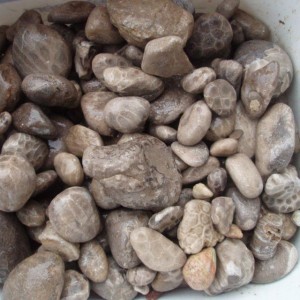
After they're sorted and washed, they look a LOT better.
I sorted the stones by “Grade A”, “Pinks”, and what I call “Weirdos”. These include all the other fossils, jaspers, agates, and strange stuff that the glaciers brought for me to find.
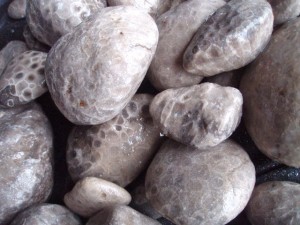
The "Nice Ones" pile.
Today I found Petrified Wood, Pudding Stones, Agates, and assorted “Heinz Stones” (These are stones that are all mixed up and contain a lot of stuff). I usually identify some of the materials within these Heinz Stones, but some of these stones are really stunners.
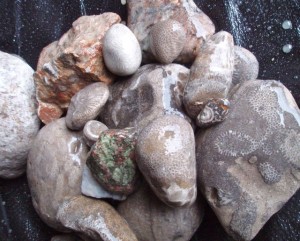
The "Weirdos" pile.
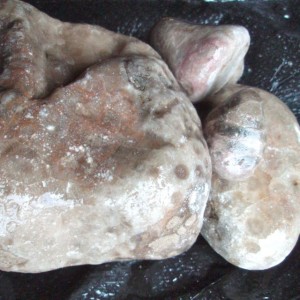
My Favorite, the rare "Pink Petoskey Stone" pile. Three to five of these is a good day indeed!
We have actually hunted Petoskey Stones on New Years Day several years ago, but rock hunting, especially a great hunt, seldom happens in December.


